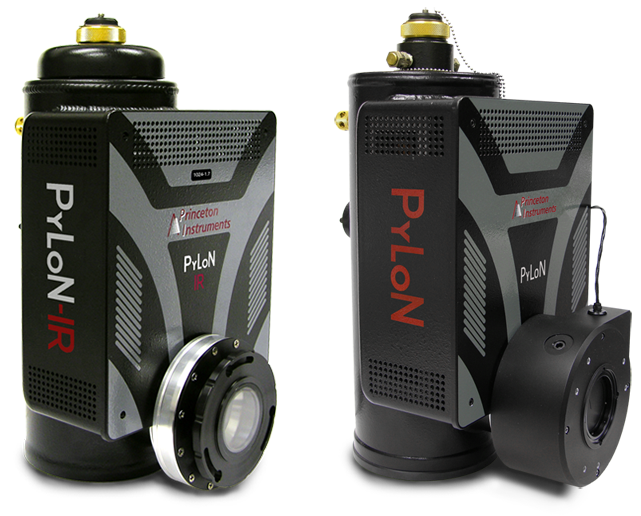Tip-Enhanced Raman Spectroscopy (TERS)
TERS works in conjunction with scanning probe microscopy (SPM), a technique that utilizes a metal tip to probe the size and shape of samples at atomic dimensions.
The tip can be coated with silver or gold and, when brought close to a sample of molecules, excited with a laser yielding a spectra with greatly enhanced Raman signal.
TERS confines the signal enhancement to the near-field surrounding the very sharp SPM tip, allowing optical spatial resolution down to ~ 10 nm. The signal can be so strong that single molecules can be detected, ideal for samples that exhibit heterogeneities on the nanoscale.
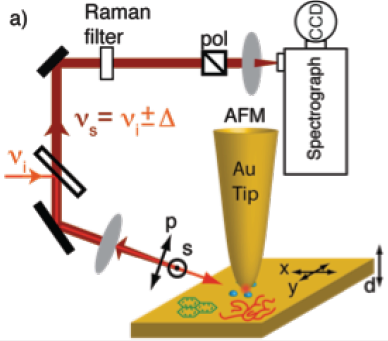
Spectrometers for TERS
IsoPlane
The IsoPlane offers excellent signal-to-noise ratio, with high spectral resolution and imaging performance to ensure almost perfect capture of information from TERS.
The IsoPlane provides twice the light-gathering power in comparison to typical Czerny-Turner spectrographs, ensuring single molecule detection offered by TERS. This produces sharper images and improved resolution, ensuring all peaks within the resulting spectra are distinguished without the need for post-processing techniques.
With a unique optical design, the IsoPlane completely eliminates astigmatism across the focal plane. This offers multichannel capabilities to obtain broad range spectral information. As TERS is an analytical technique, a broad range is essential to determine the chemical composition of samples.
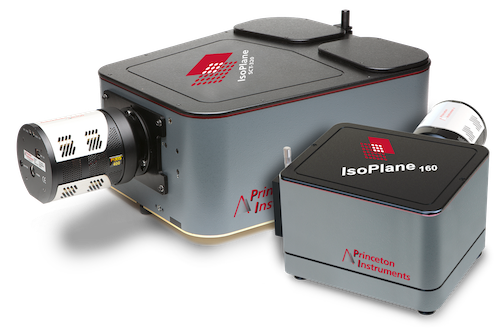
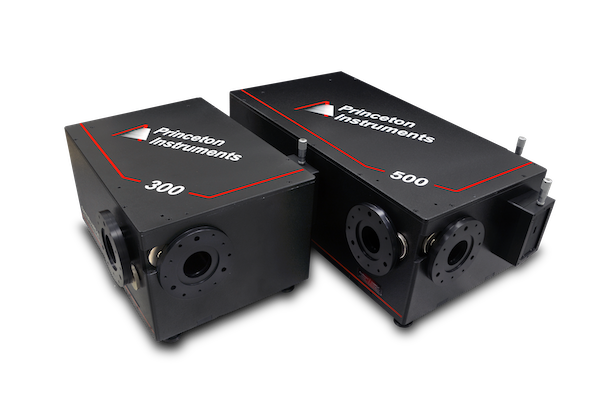
SpectraPro HRS
The SpectraPro HRS is the standard for reliable high-performance spectroscopy, ensuring high spectral resolution essential for 10 nm spatial resolution, as well as an astigmatism-corrected design for repeatable quantitative chemical analysis.
The SpectraPro HRS is also equipped with spectral deconvolution (ResXtremeTM) and a grating drive system (AccuDriveTM) for increased spectral resolution, highly important for separating close Raman peaks.
The SpectraPro increases signal to noise ratio up to 60% with up to a three times improvement in wavelength accuracy, in comparison to a typical Czerny-Turner spectrograph. The SpectraPro can provide accurate and reliable spectra for all low-light Raman spectroscopy.
TriVista
TERS is a technique which requires ultimate precision. The TriVista offers superb resolution, and high-quality imaging alongside stray light suppression. As TERS can be used to look at single molecules, any stray light present will compromise signal and affect results.
The TriVista is a set of three spectrometers comprised of the SpectraPro family of spectrometers. This offers greater flexibility without reducing performance, operating from 200 – 2200 nm. The TriVista is also able to capture Raman spectra as close as 5 wavenumbers from the Rayleigh line, essential for Rayleigh line limited TERS.

Cameras for TERS
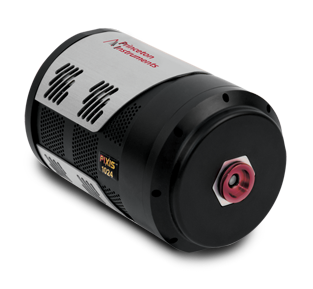
PIXIS
TERS Raman spectroscopy in the visible light requires high sensitivity in the 120-1100 nm range. The PIXIS offers >95% quantum efficiency over this range with low read noise.
To obtain all compositional information from a sample, especially with the high resolution required for TERS, it is essential that long exposure experiments do not result in high dark current. The PIXIS comes equipped with deep cooling resulting in ultra-low dark current over long exposure times.
As Raman spectroscopy of different samples requires different parameters, the PIXIS offers front-illuminated, back-illuminated and back-illuminated deep-depletion options to ensure the capture of full spectral information.
PyLoN Family
The PyLoN family of cryogenically cooled CCD and InGaAs cameras offer extremely low noise essential for the high resolution Raman spectroscopy associated with TERS. As low noise is essential for TERS, it requires a CCD with low dark current levels and reduced read noise – as provided by the PyLoN family.
The PyLoN family also provides flexible readout speeds from 50 kHz – 4 MHz, enabling both high spectral speeds (<6600 spectra/sec) or low read noise dependent on the specific TERS sample.
The PyLoN IR is essential for ultra-low noise near-infrared and SWIR spectroscopy, ideal for TERS samples scattering in the spectral range of 800-2200 nm.
